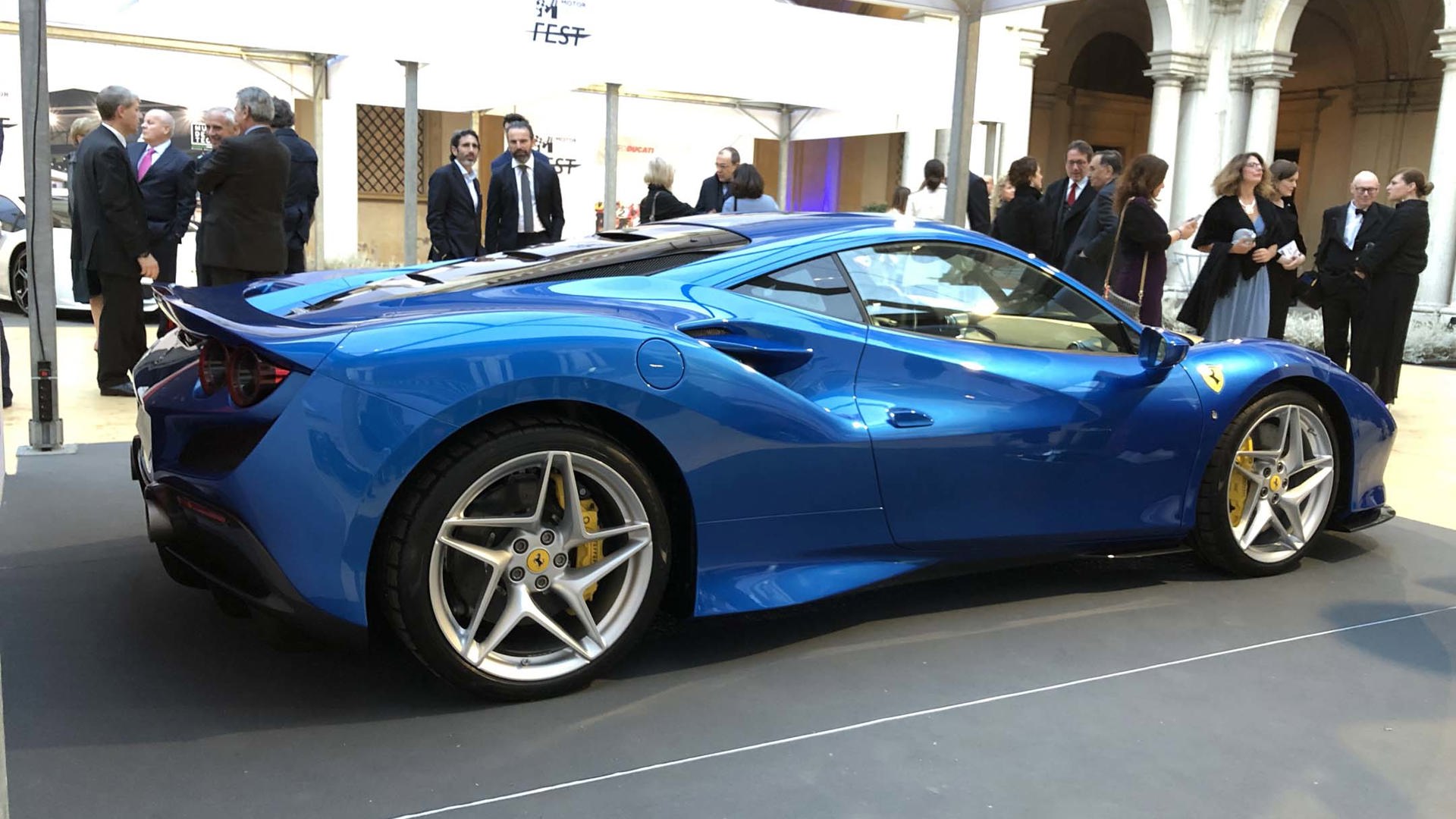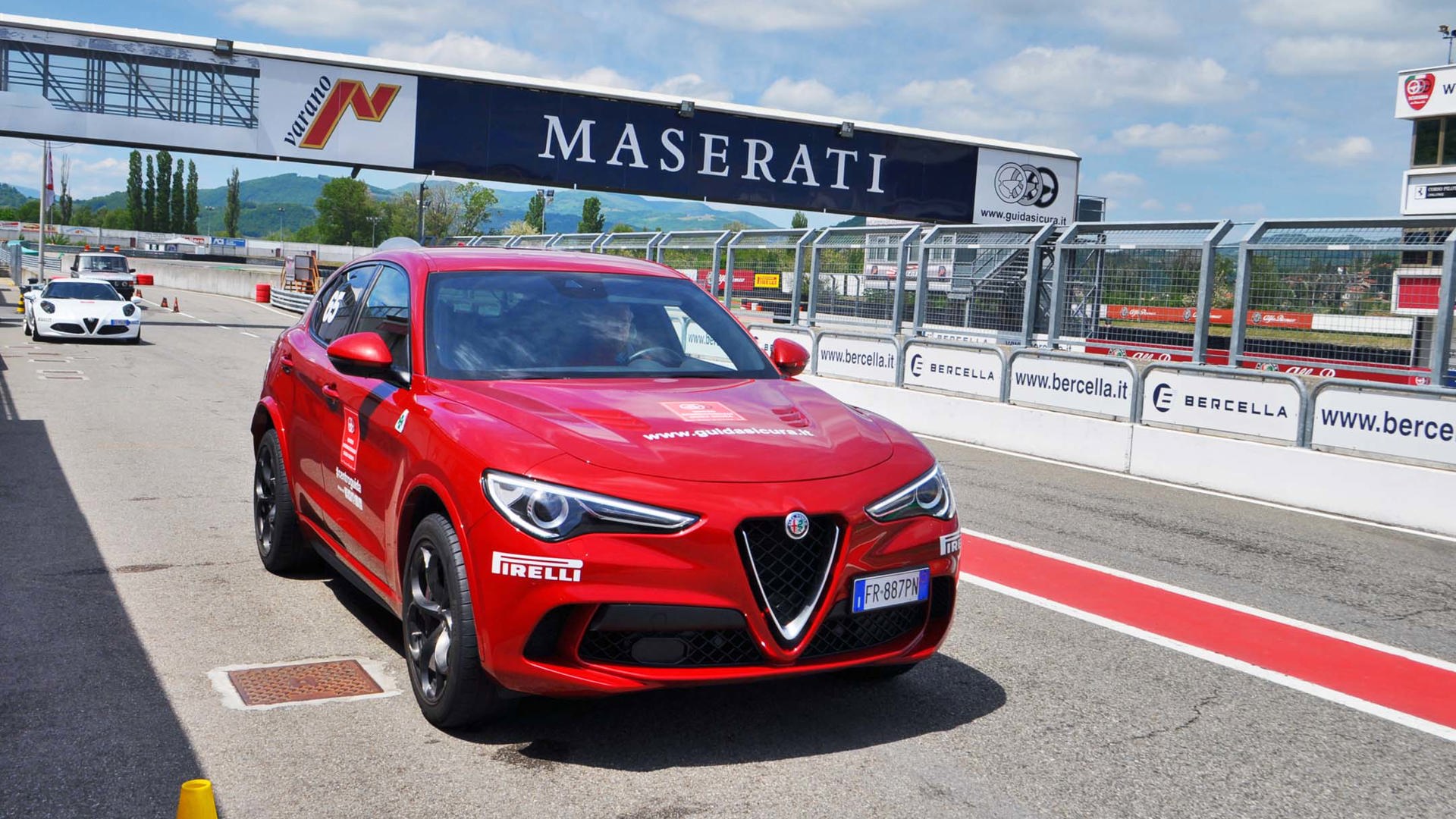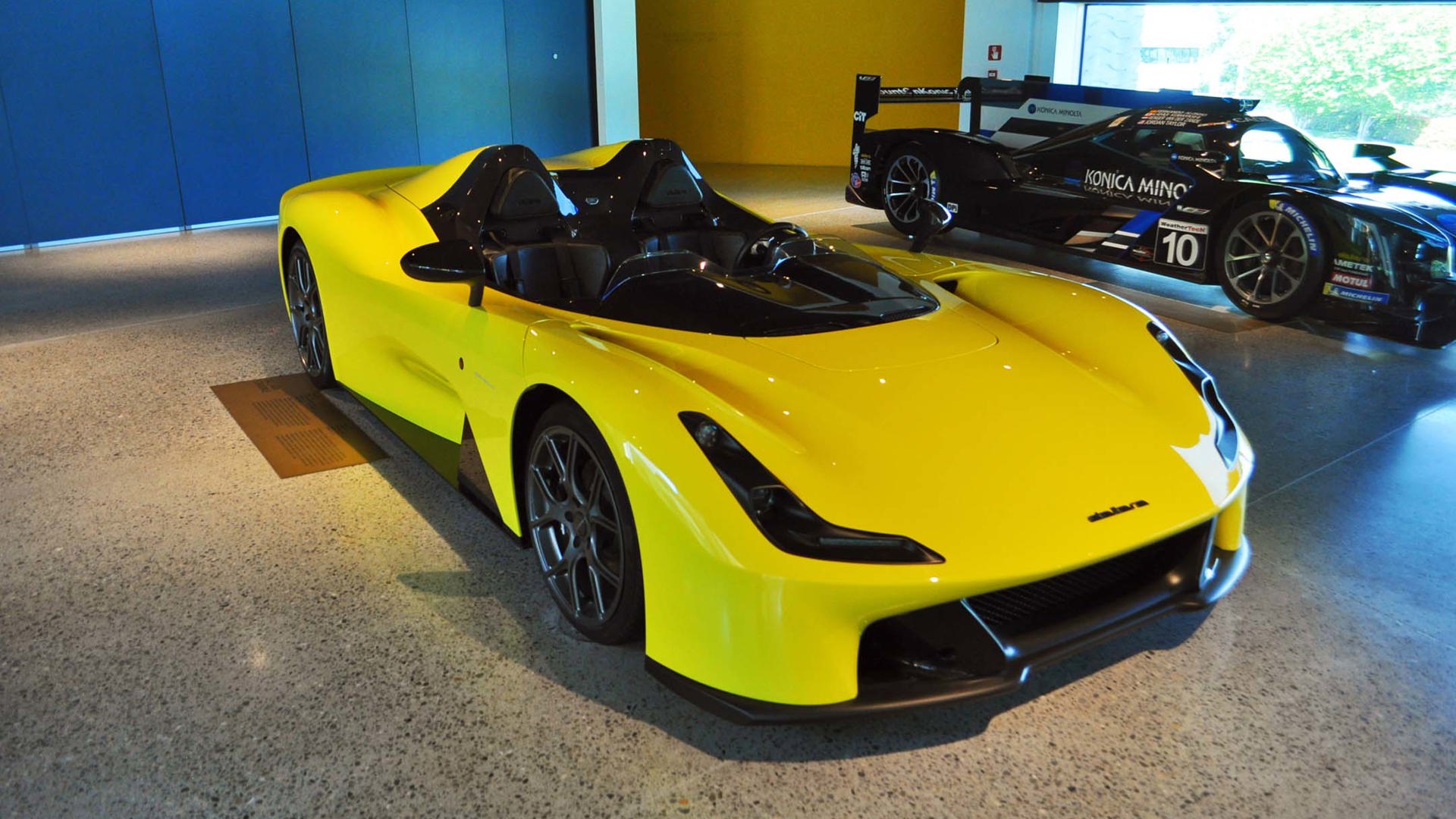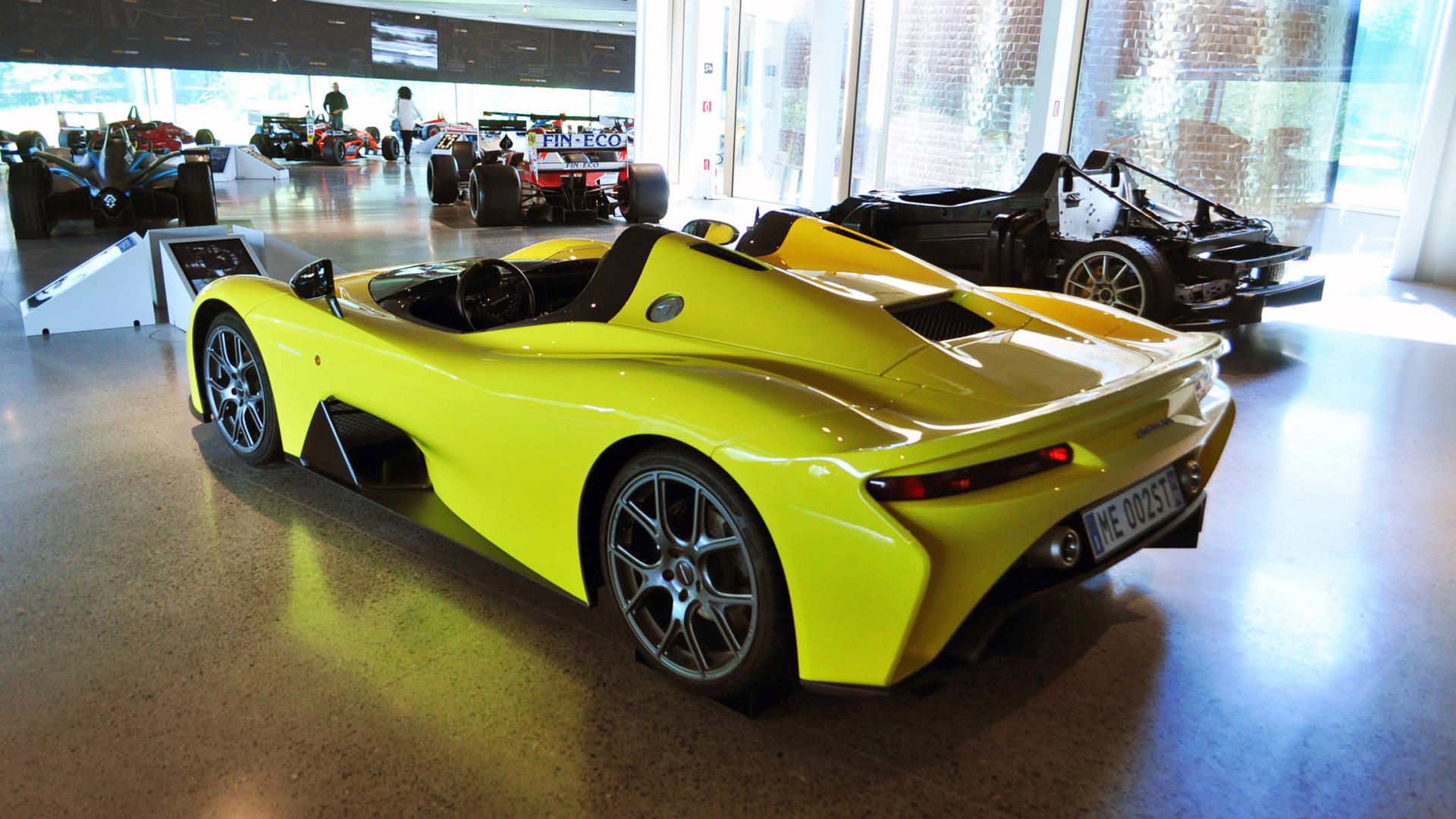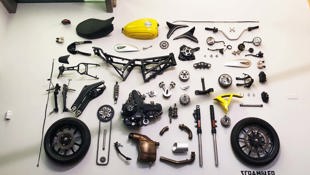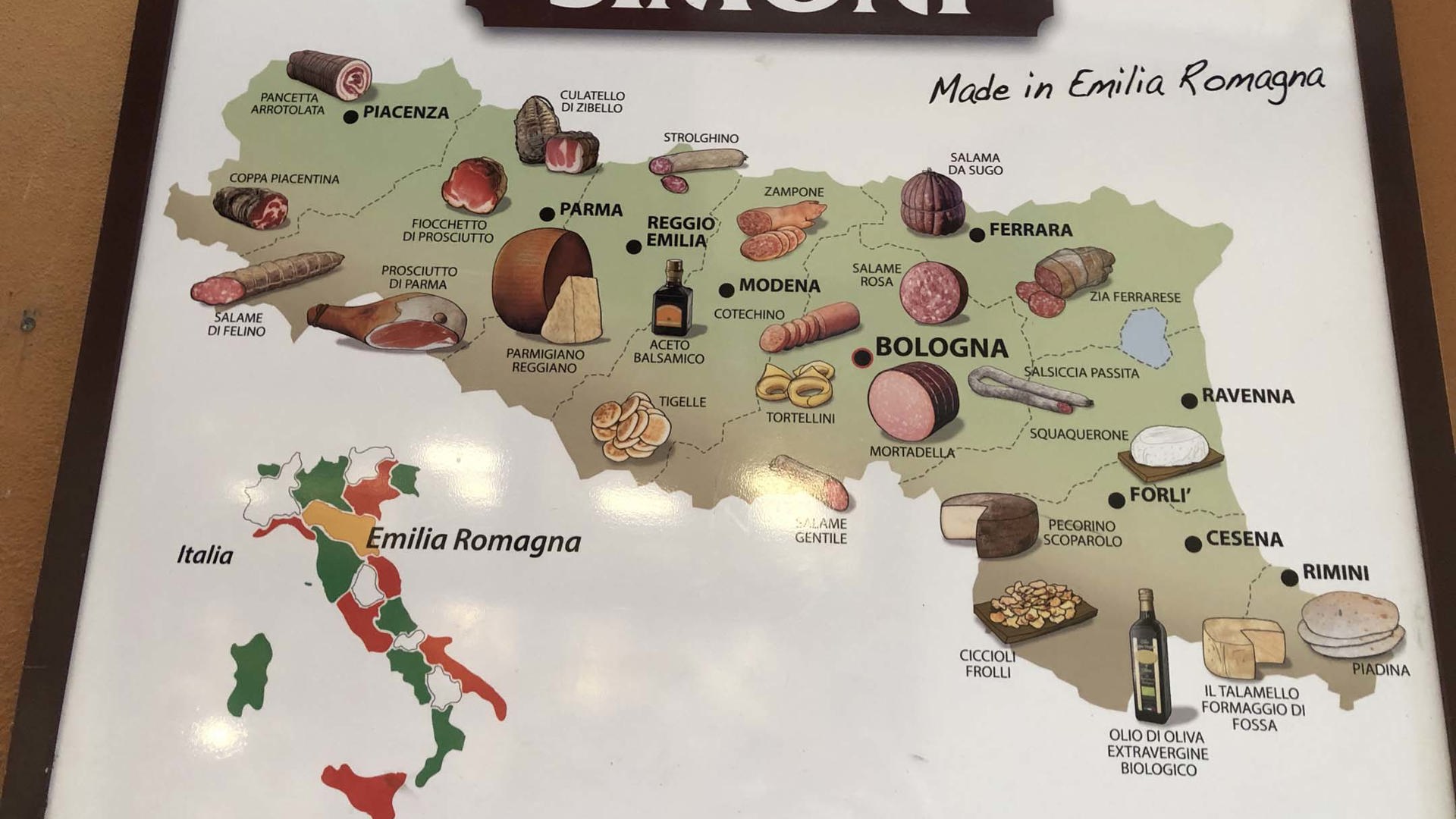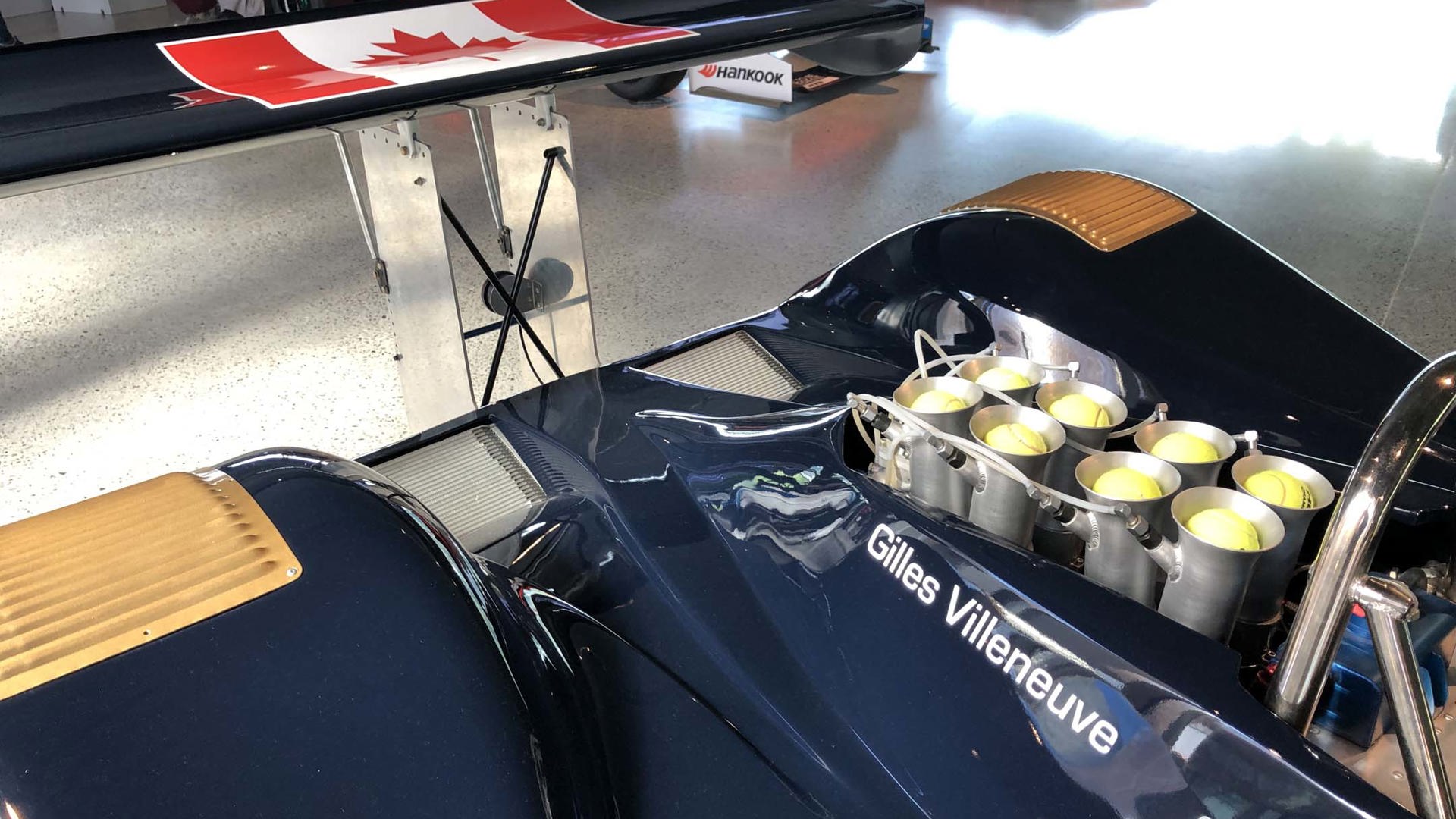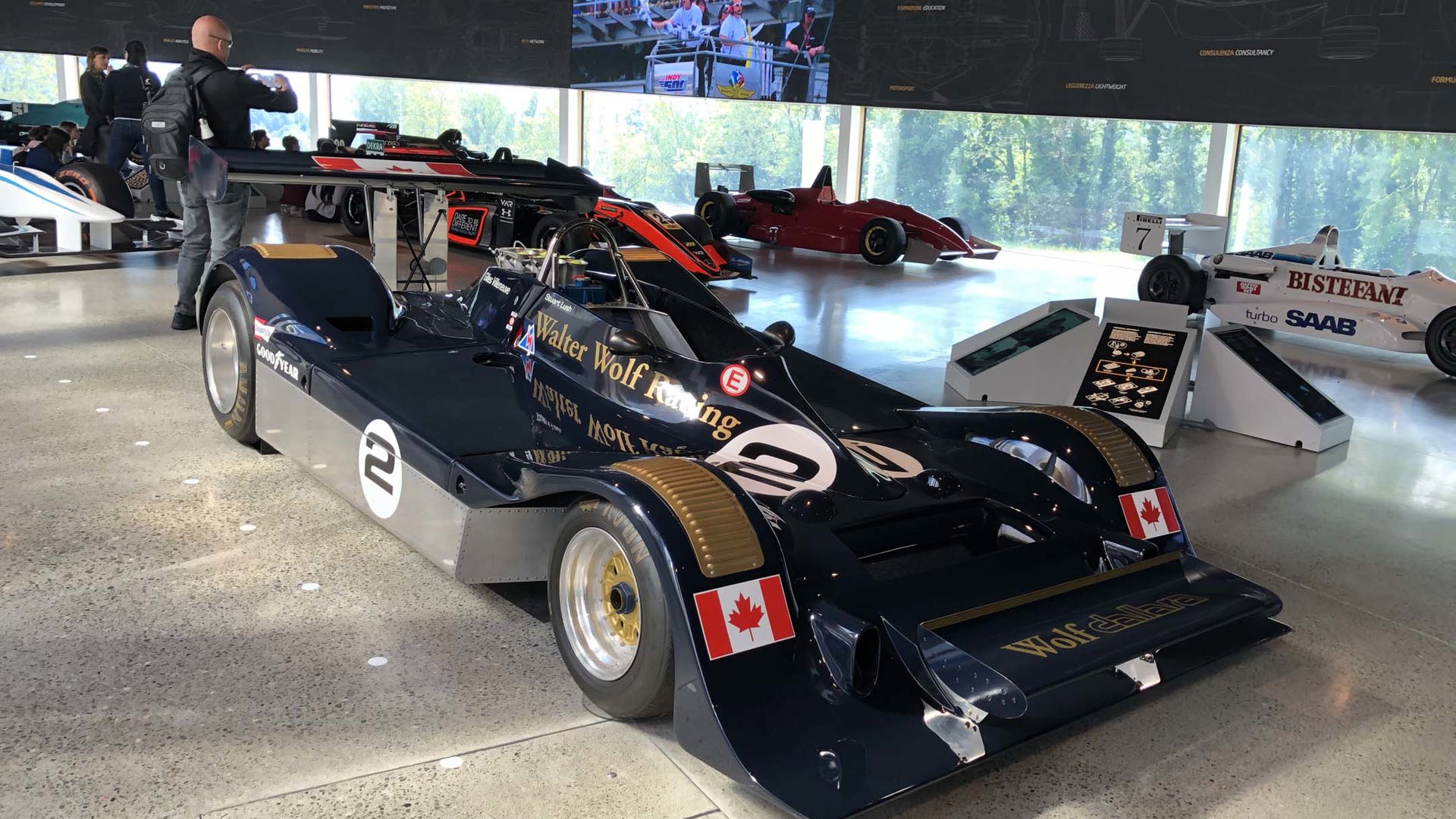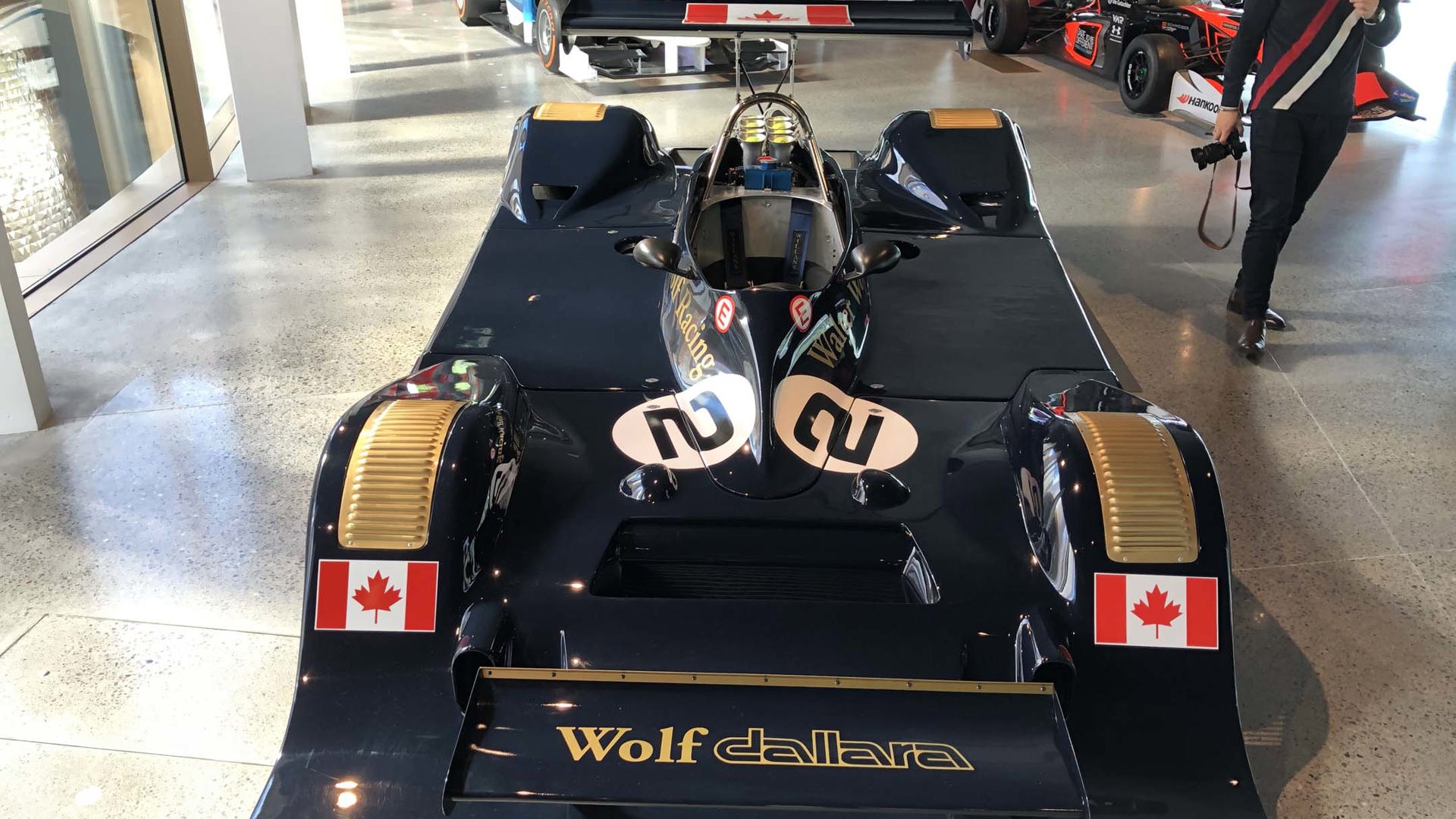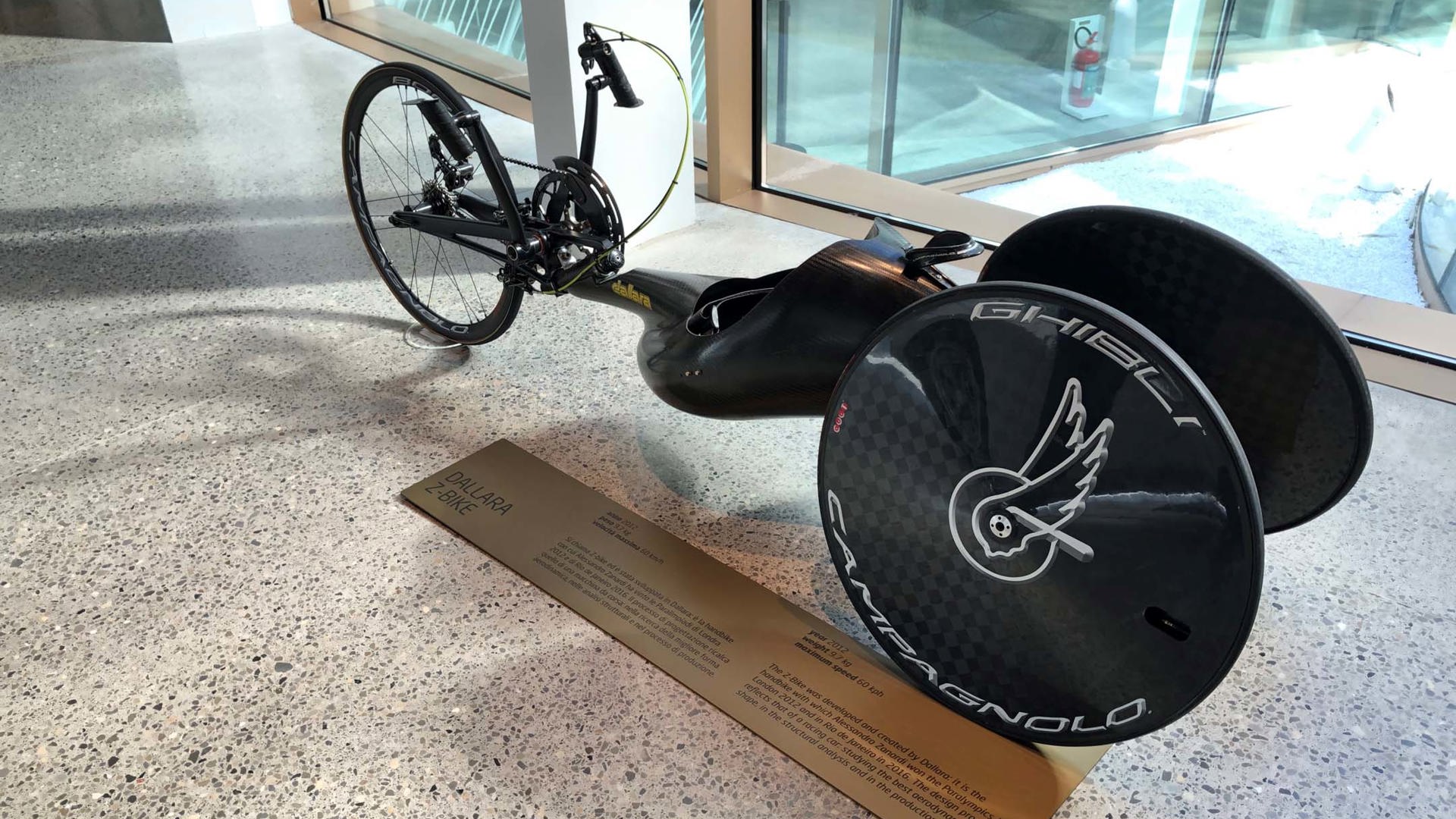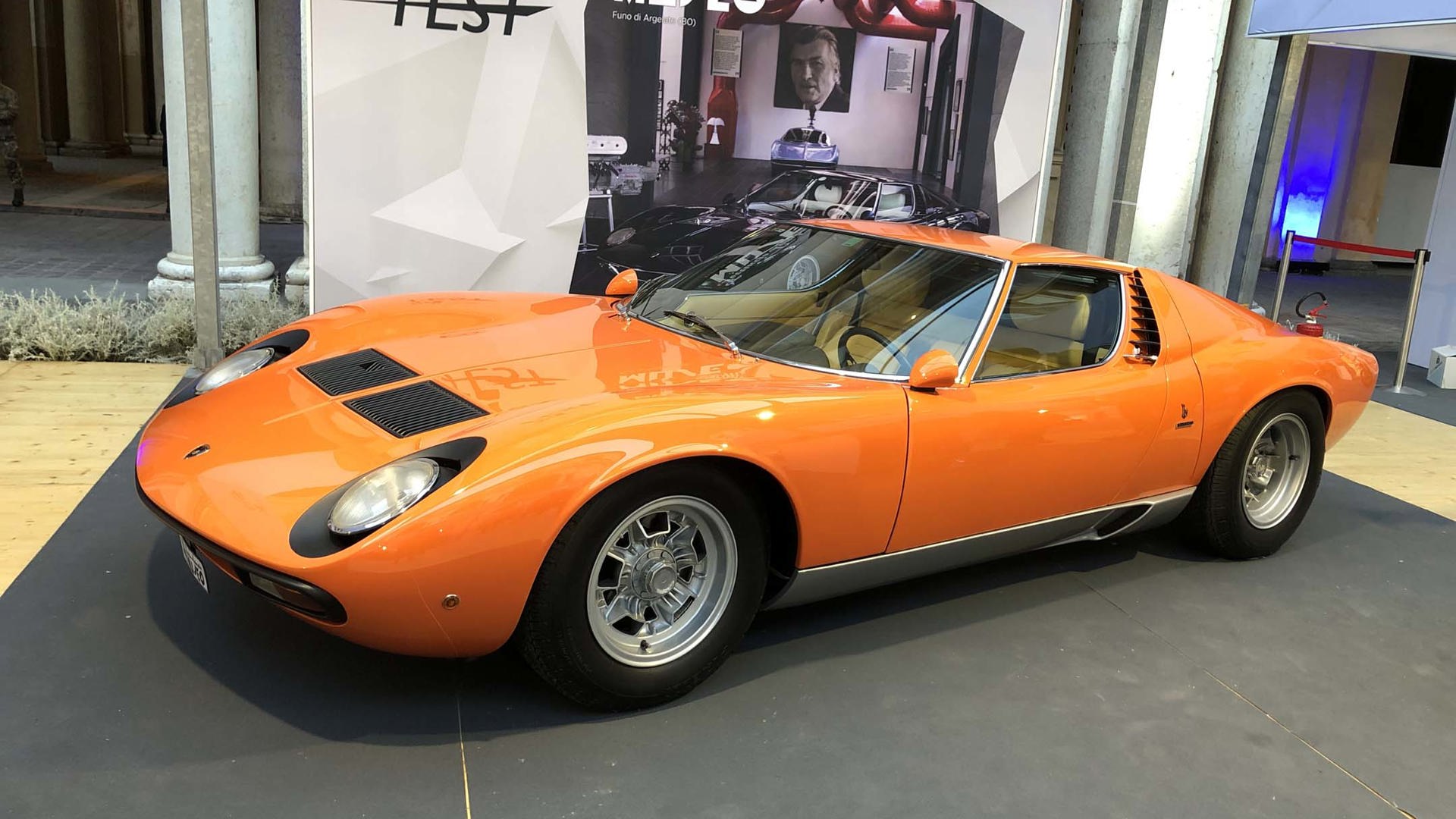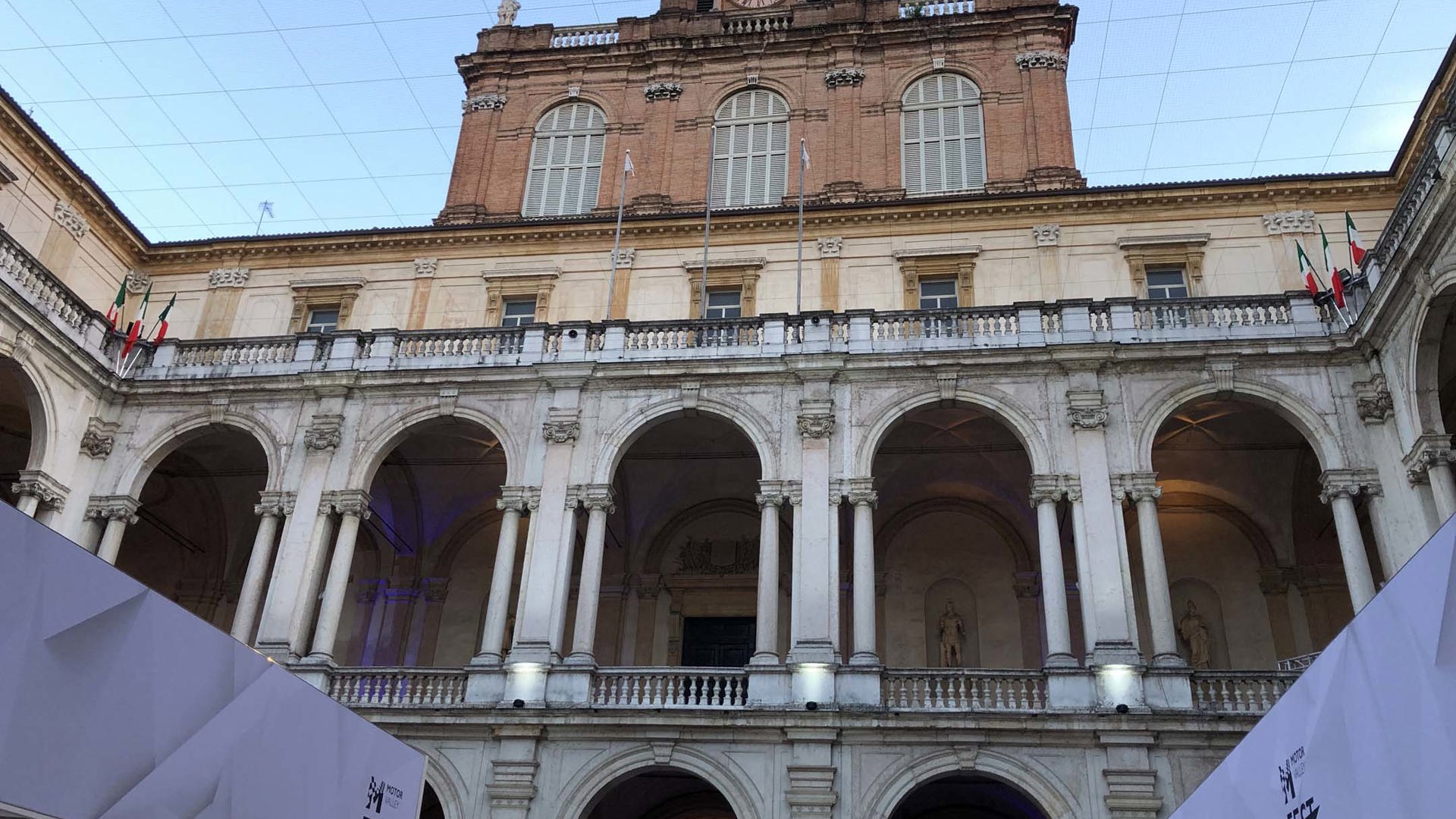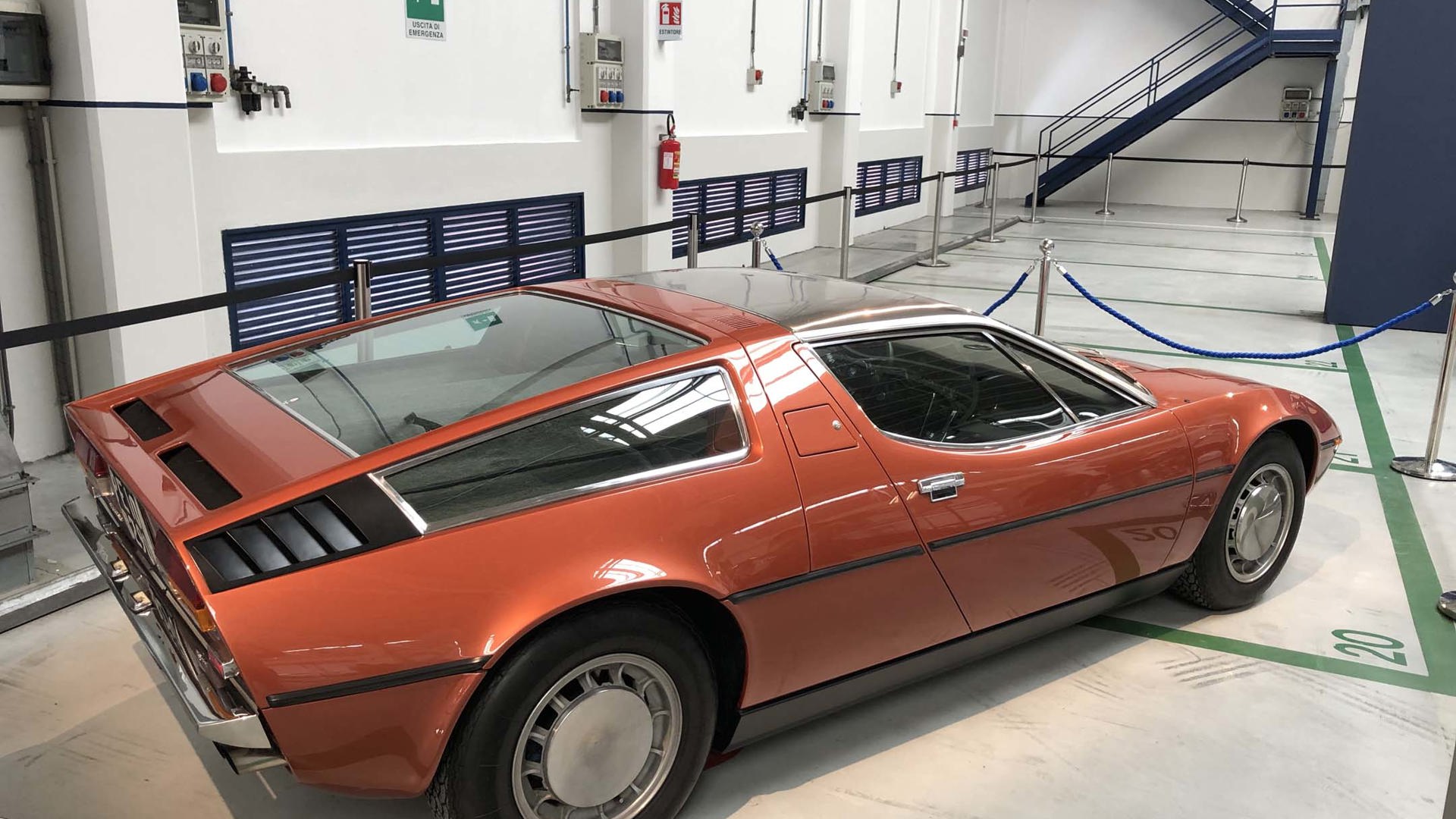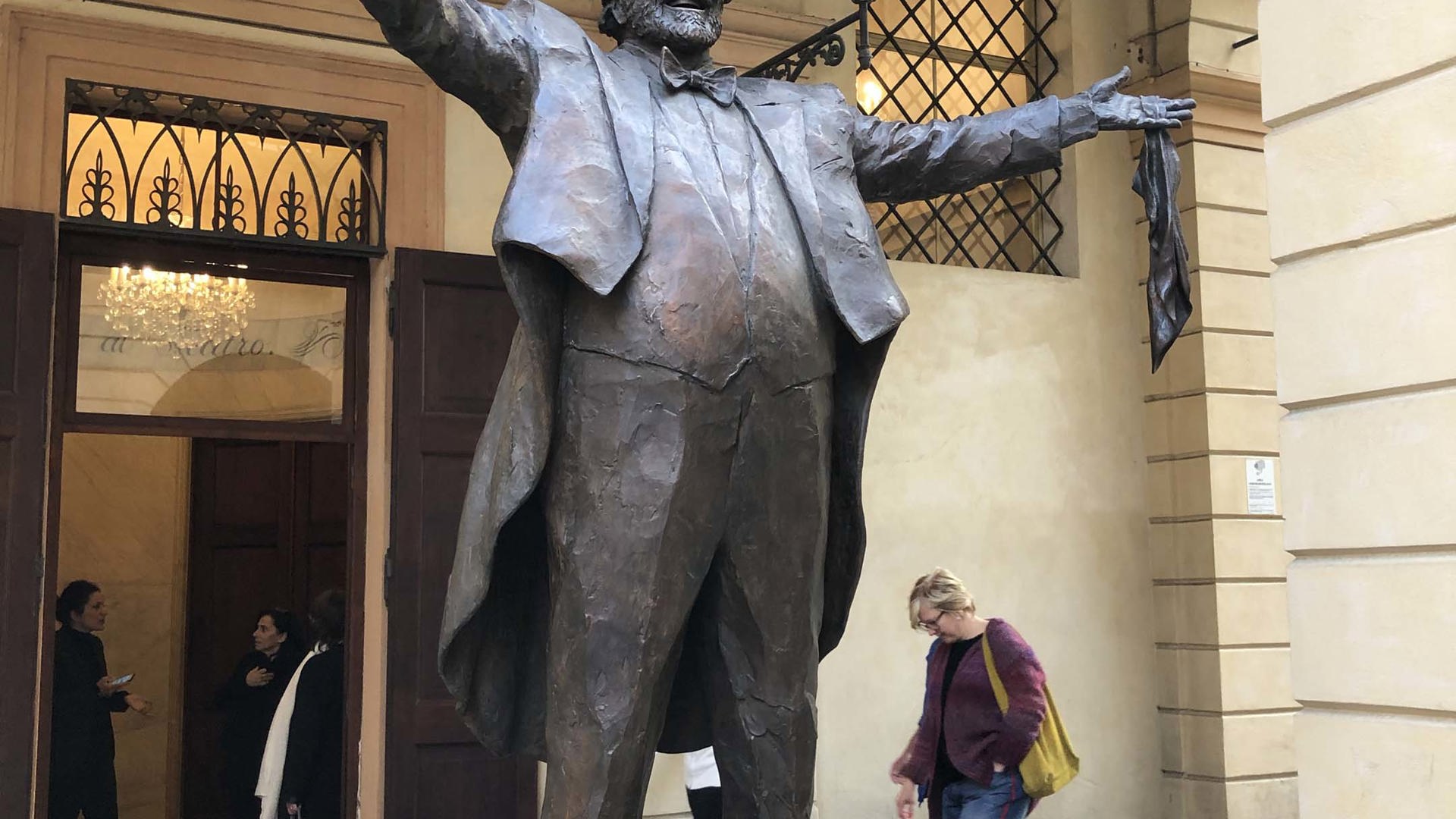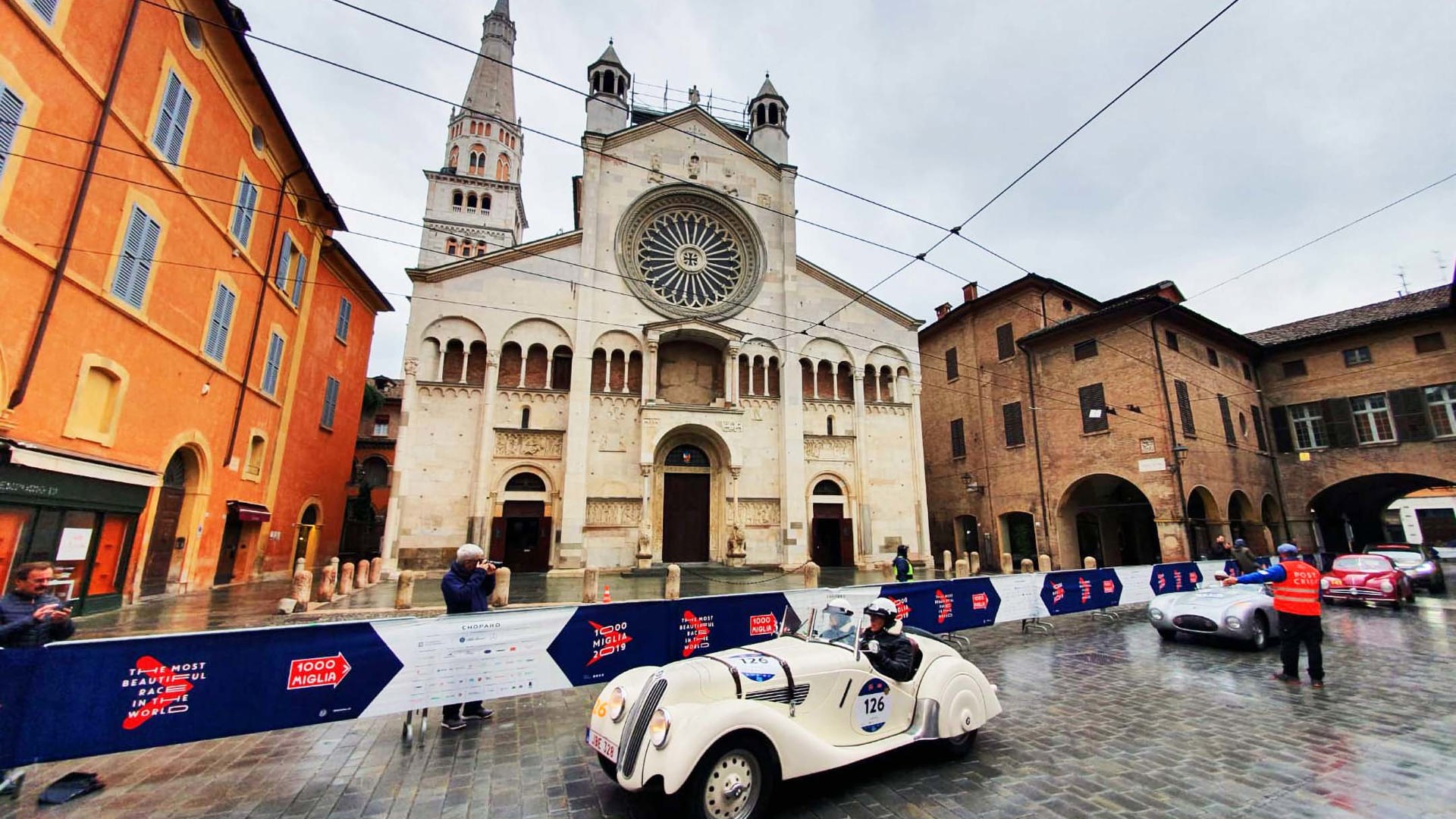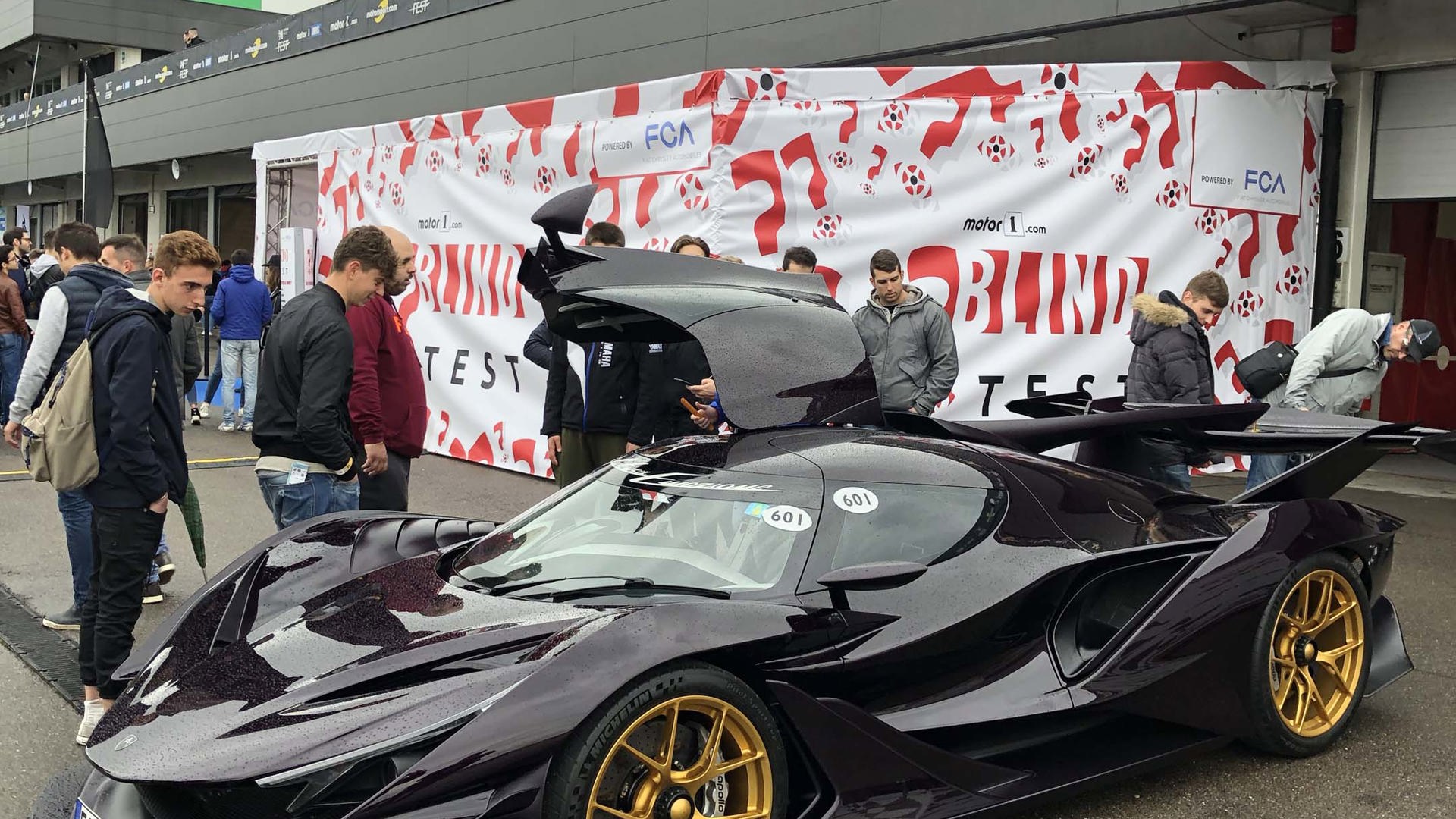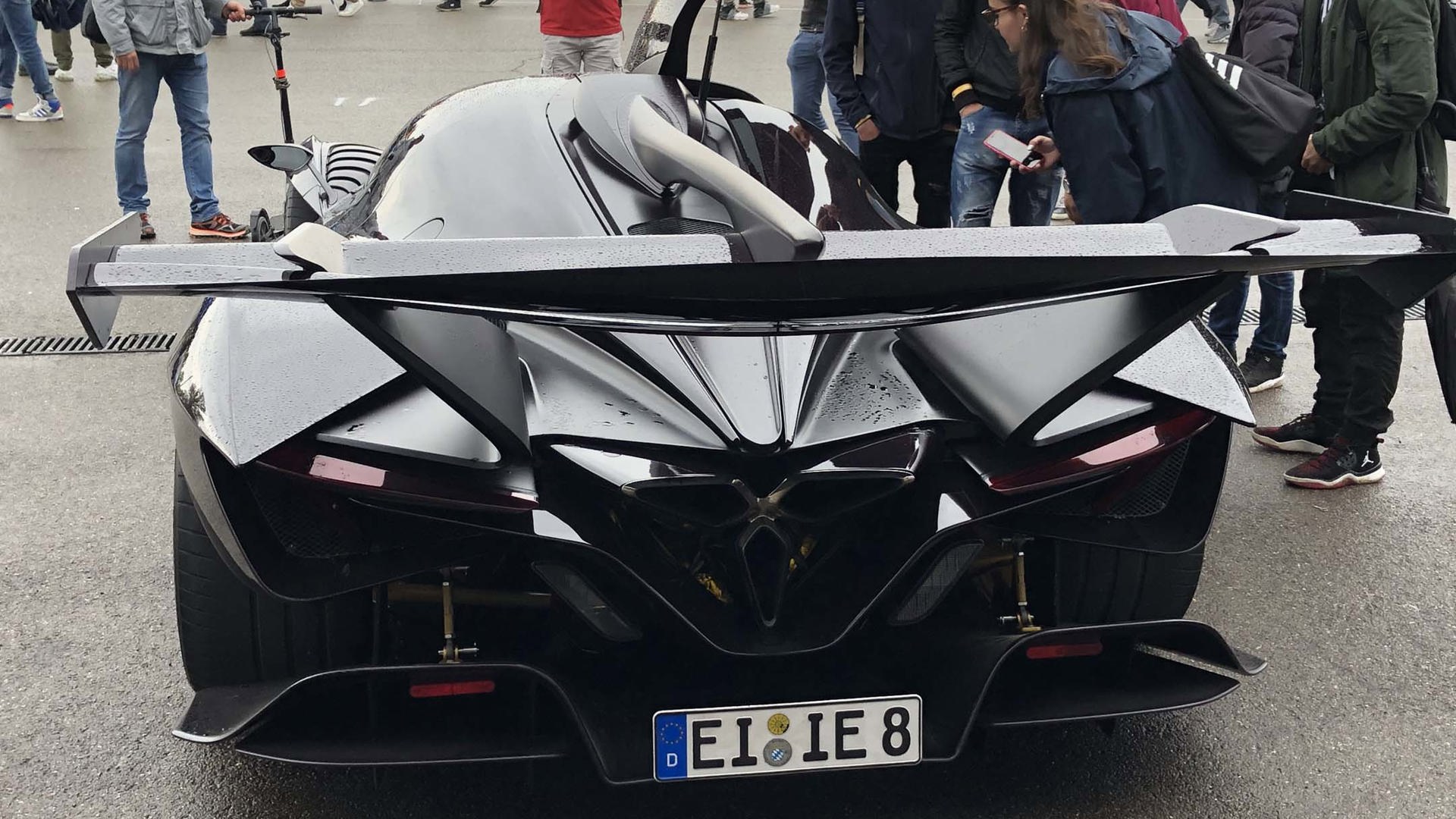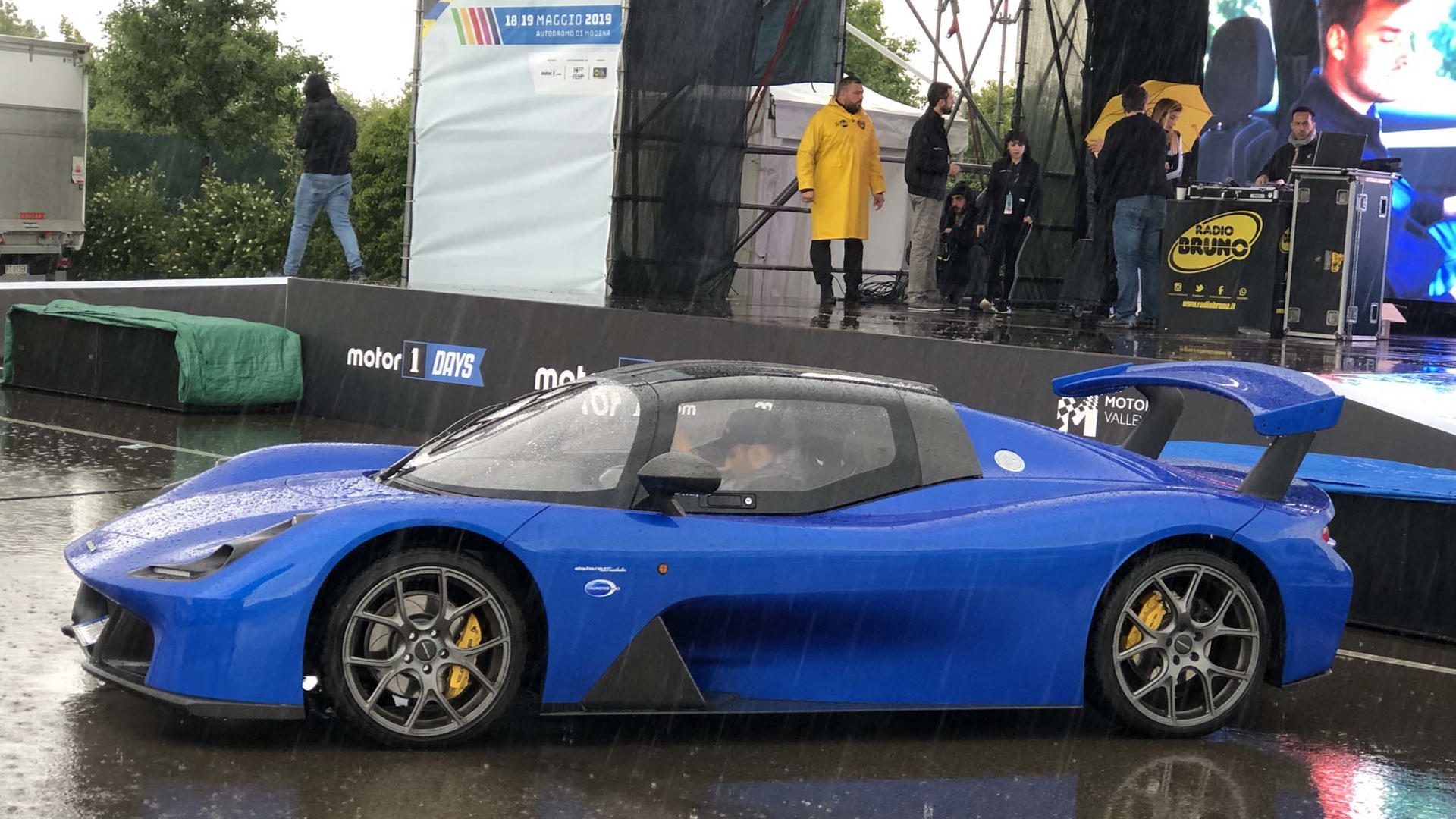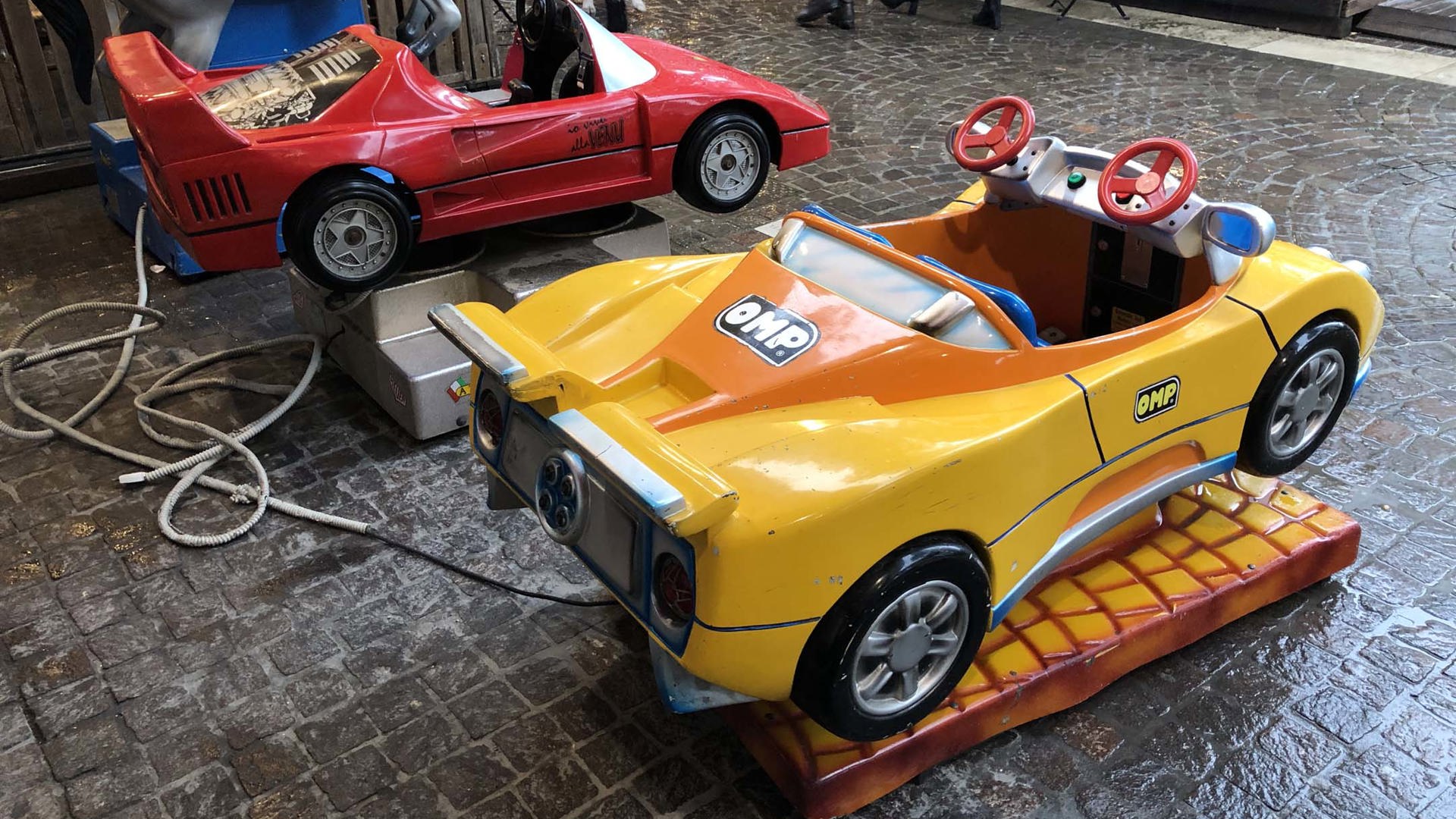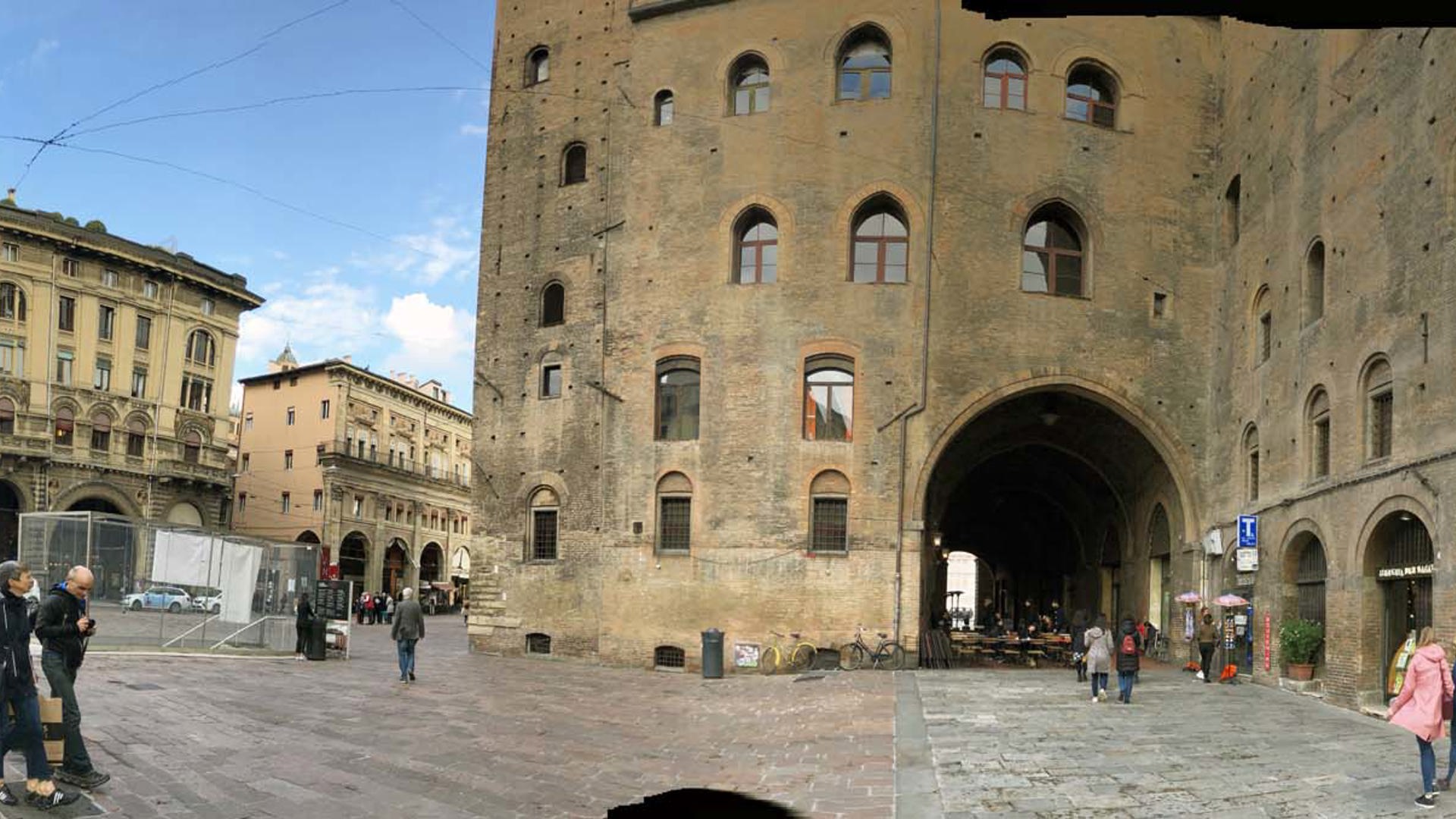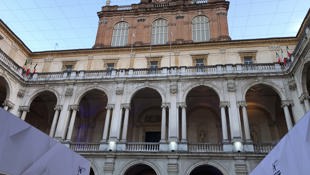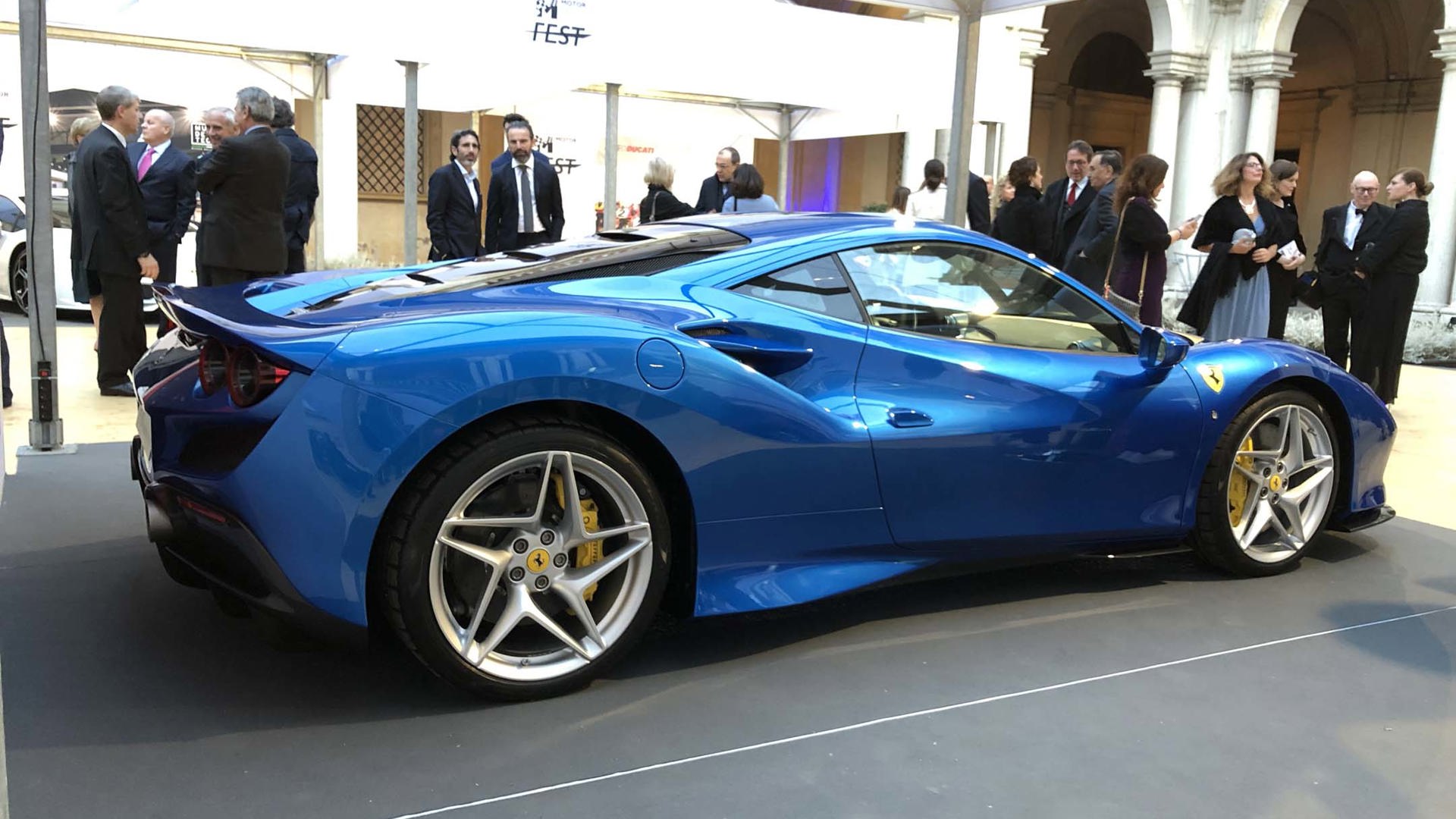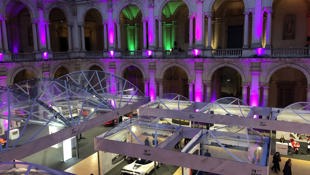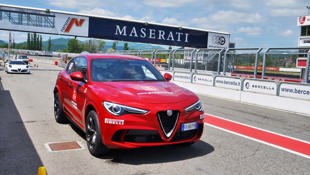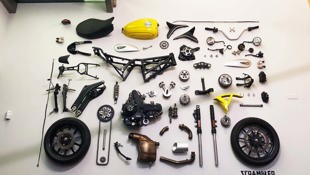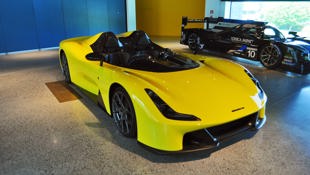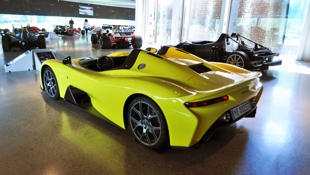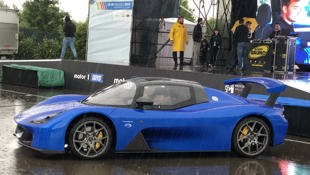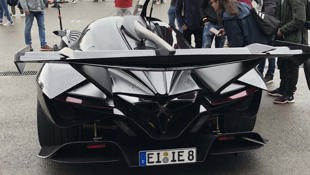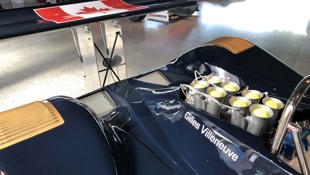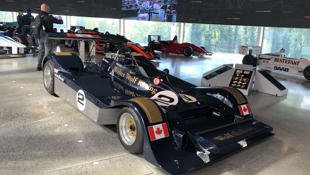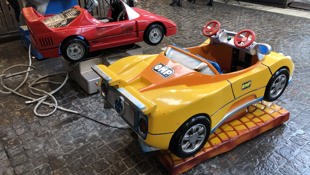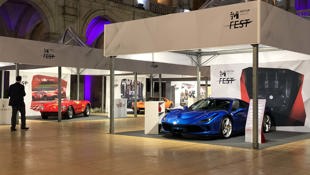Modena, Italy – The names themselves whisper automotive passion to car enthusiasts. Ferrari. Lamborghini. Ducati. Pagani. Maserati. Dallara. Alfa Romeo. Many of those enthusiasts may not realize it, but all these Italian sports car (and motorcycle) companies are based within a 90 minute drive of each other, within Italy’s renowned Motor Valley, where dream machines and multi-coloured cam covers are made.
The famous classic car Mille Miglia annual rally runs through this Terra dei Motori area every May, starting in Brescia before a grueling three-day (if all goes well), 1,600 km loop of Italian cities and countryside, in a timed run to Rome and back on mostly public roads. From a tourist perspective, the Mille Miglia is best known for its triumphant arrivals in various Italian cities, where locals leave home and work to gather to cheer on the arrival of over 400 classic cars, the crowds waving Mille Miglia flags.
“It’s the land of fast cars and slow food.”
But organizers of the race and the Emiliano-Romagna region that encompasses the Motor Valley area saw the race as a fine opportunity to extend out the motoring welcome mat, and highlight the artistic and cultural appeal of the entire Motor Valley area.
“It’s the land of fast cars and slow food,” said Luca Dal Monte, a former executive at Maserati, and Ferrari historian, while helping to kick off the first annual Motor Valley Fest in Modena’s fabulous Palazzo Ducale. “We’re trying to make Modena alive with all things related to the Motor Valley.”
Dal Monte was speaking after visitors to the gala event entered what is normally the Military Academy of Modena, its towering stone arches and massive pillars providing a suitably majestic surrounding for both classic and modern Italian exotica that became one of over 25 exhibitions for the public to visit during the four-day event.
Once the sun went down over the former palace’s open-air courtyard, those pillars lit up with regal purple accent lighting. Guests milled about breathtaking examples of Italian performance, such as a classic Lamborghini Miura, the car that helped establish that engines in the middle of the car were best for ultimate sports car handling (see C8 Corvette); race-winning Ducatis borrowed from its museum; or the super modern Ferrari F8 Tributo, its name a literal tribute to the V8 engine, unveiled just a few months earlier at the Geneva auto show.
The visually arresting dinner that followed was artistically created by celebrity chef Massimo Botturo, of Chef’s Table fame. If you’d like a seat at his Osteria Francescana restaurant in Modena, you may wish to plan ahead. Apparently, reservations are taken regularly for dinner six months down the road at the three-star Michelin restaurant, which was voted to the number one spot in the 2018 World's 50 Best Restaurants list – and in 2016 (but oddly didn’t make the top 50 in 2019).
Though Motor Valley Fest itself lasts only a few days in May, many of the attractions in and around Modena are available year round, such as the Varano circuit we visited, for some high speed laps in Alfa Romeo 4C Coupes (sadly not available in North America for 2020 model year) and the Stelvio Quadrifoglio. Even from the passenger seat, the acceleration, braking and handling abilities shown off by both machines was impressive, the Stelvio SUV in particular remaining surprisingly flat in corners for a six-figure luxury SUV. Various safety and performance courses are offered in many different vehicles, with Maseratis and other sporting models available to sample.
If you’re more a two-wheel fan, there’s also a new Ducati World theme park that opened earlier this year, which is a dedicated space inside the Mirabilandia Amusement Park, in the Romagna area. The park’s 35,000 square meter area is the first in the world dedicated to a motorcycle brand, and offers an immersive real-life motorcycle on a special “simulator sphere,” as well as a roller coaster designed to mimic riding a Panigale V4 Desmosedici MotoGP racer.
We got a little taste of this with what looked like exploded motorcycle parts on the walls at a local Scramble Ducati café in Bologna, each piece holding its own as hangable modern art.
Perhaps top on the itinerary of enthusiast visitors and tourists alike when it comes to this part of the world are the factories and museums of Ferrari and Lamborghini. The Ferrari factory doesn’t normally offer public tours for non-customers, but there are two museums to choose from: one near the factory in Maranello, and a larger one centered in Modena.
On this trip, we toured the Enzo Ferrari Museum in Modena, the Lamborghini museum adjacent to the factory in Sant’Agata Bolognese that’s roughly an hour and a half by car from the Modena Ferrari museum’s door, the Maserati factory and Pagani’s integrated open to the public museum, plus toured its carbon-fibre-heavy production facilities. (Look for more details in a separate factory and museum rundown on how they all compared in an upcoming feature).
Bugatti president Stephan Winkelmann was on hand at the Modena track that weekend as part of MVF festivities, arriving on a rainy Saturday in a Bugatti Chiron hypercar that seemed to magnetically attract mobs of onlookers to follow its slow path to the Bugatti garage area. Winkelmann, who was CEO of Lamborghini for many years, noted that even though Bugattis are currently produced in France, the company has deep Italian roots that go beyond its founding in 1909 by Milan-born Ettore Bugatti.
“This year is its 110 year anniversary, so this is the reason why we’re here in the Motor Valley to say yes we’re French, but we have a history with the Motor Valley,” said Winkelmann. “The EB110 (supercar) was produced right around here,” he noted, during the brand’s eight-year revival in 1987 before ceasing operations in 1995, and its subsequent sale its current owners, the Volkswagen Group.
That roughly $4,000,000 Chiron was the granddaddy of super exotic, super low volume sports cars at the event, but there were a couple others. Also attracting huge attention in the area was the 780 hp Apollo Intensa Emozione, often dubbed the IE, another multi-million dollar boutique performance car that has a rear-wing so massive, it needs a structural column that stretches straight back from the top of the roof all the way back to help support it. There’s also a three-chamber centre exhaust to expel all the exhaust from the huge 6.3-litre V12.
Plus there was the Dallara Stradale, a simple sports car near devoid of luxuries, but sticking closely to its philosophy of low weight from the race car chassis world that Dallara dominates. Its 395 hp powers an 855 kg two seater that weighs less than a Mazda MX-5, and excludes niceties such as a windshield, or opening doors or a roof over the driver’s head, though they are available on the options list, luckily for what appeared to be one minimally wet Dallara driver.
The Dallara Stradale took pride of place at another stop on our Motor Valley tour, at the architecturally futuristic Dallara Academy, which is part educational center for engineering students and conferences, part industrial complex, and part automotive museum. It follows the long engineering and race-car-building career of company founder Giampaolo Dallara, and its rise as an elite race car manufacturer and, since 2017, a boutique sports car builder.
But the museum also holds a number of historically important Dallara designs, as well as even some Canadian content. That would be courtesy the Walter Wolf Racing Dallara-designed Can-Am WD1 racer, driven by legendary Canadian racer Gilles Villeneuve, and father to Jacques Villeneuve, the 1997 Formula One champion. Both of them are Canadian racing loyalty, with Walter Wolf and his Formula One racing team that operated between 1977 and 1979 a short but also significant entry into that historical pantheon.
Also at the Dallara Academy was Alex Zanardi’s Dallara Z-Bike, which is the handbike that the former Indycar racing driver used to win gold at the Paralympics in both 2012 and 2016, after his horrific race crash in which he lost much of both legs. The comeback remains an astounding feat of personal perseverance, plus some engineering acumen.
Both of which Giampoli Dallara still provides the company to this day, even at 82 now, with employees saying he only deals with the “fun” engineering now, not so much the running of the company. He stood proudly in front of the Stradale on the opening night of Motor Valley Fest, with the sports car as well as photos of the Dallara Academy standing as evidence of his boyhood passion for cars and performance.
Which is not surprising, coming from a part of the world where rides meant to entertain little ones outside stores with coins are not whirring airplanes or fire trucks, but Ferraris and Paganis, as I noticed walking down the streets of beach-town Rimini. These expensive sports car brands may only be affordable to one percenters, but the passion these Italian names invoke are very real, and they are global.
